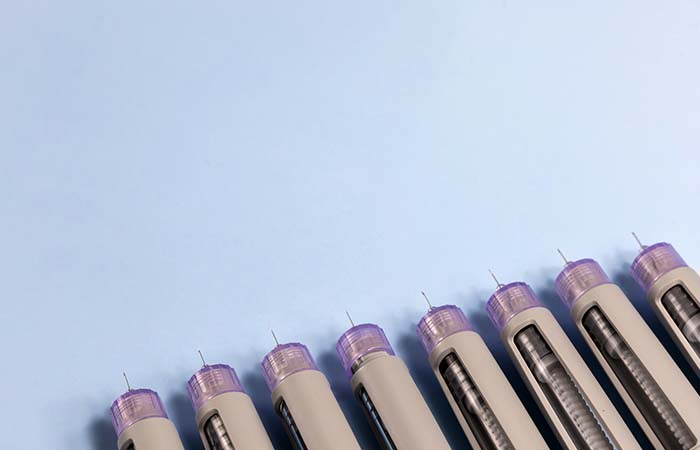NHS diabetes budget soars as Mounjaro spend up 340-fold
In Health & NHS
Follow this topic
Bookmark
Record learning outcomes
The year to April saw a dramatic rise in diabetes drug spending by the NHS in England as the use of GLP-1 receptor agonists has soared, new data reveals.
The cost of prescribed items for treating diabetes rose by 15 per cent between 2023-24 and 2024-25 – from £1.67bn to £1.92bn – according to a new report from the NHS Business Services Authority (NHSBSA).
The NHSBSA report shows that diabetes treatment spending has doubled since 2014-15, when costs were £960m.
Anti-diabetic drugs were the most frequently prescribed treatment in 2024-25, accounting for 59 per cent of prescribed items and, at £1.1bn, 75 per cent of total NHS spending in this category.
Seventy-seven percent of England’s 3.9 million diabetes patients were prescribed an anti-diabetes drug, while nine per cent were prescribed insulin and 13 per cent were prescribed both.
Two per cent of patients did not receive these drugs but were prescribed glucose monitoring tools or hypoglycaemia treatments.
Mounjaro ‘emerges as new cost driver’
“A significant factor in this year's cost increase is tirzepatide, branded as Mounjaro,” said the NHSBSA, commenting that the drug “has emerged as a new driver of spending growth alongside established treatments like dapagliflozin.
In the last financial year “the cost of tirzepatide increased 340-fold to £120m and dapagliflozin costs increased 42 per cent to £333m” said the organisation.
Tirzepatide now accounts for over six per cent of all diabetes drug spending in England. In 2024-25 it was prescribed to just over 188,000 patients compared to 2,242 the year before.
Semaglutide saw a more modest prescribing increase, from 1.2 million items to 1.6 million over the space of a year. An estimated 430,000 patients were prescribed a GLP-1 item during 2024-25, with roughly a fifth receiving more than one type of GLP-1 in that time.
NHS roll-out
NHS England recently began its phased three-year roll out of the medicine to weight loss patients, setting itself a target of reaching 250,000 patients judged as being at risk of complications relating to their obesity.
Patient numbers have risen by an average of six per cent in each of the last three years, with men aged 60-64 making up the single largest patient group and deprived areas continuing to be worse affected than more affluent parts of England.
Yesterday, NICE announced a landmark shift in its recommendations for managing type 2 diabetes, with a new guideline that will advise health professionals to tailor treatment to the individual patient's needs.
Mounjaro manufacturer El Lilly’s recent decision to ramp up the price private patients pay for the drug by as much as 170 per cent will not affect the company’s price agreement with the NHS.
Nonetheless, a host of sector bodies have warned that the move could negatively impact patient access to GLP-1 RAs and potentially boost black market sales of counterfeit products.

